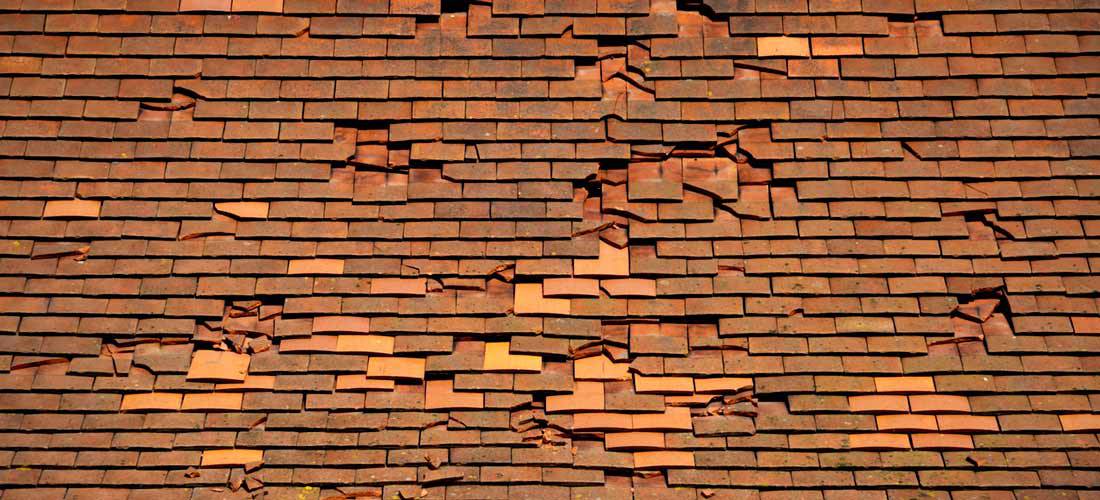Even the newest and most well-maintained roof isn’t impervious to rain and other weather elements.
There might be areas of your roof that are prone to pooling water, which can cause dripping or leaking during heavy rain.

Learn about the 5 most common roof leaks and how to fix them.
1. Flat Roofs
 If you have flat roofs, it might not be able to keep up with heavy rainfall, especially if it lacks the kind of drainage designed for it. Flat roofs are more prone to leaking or dripping than with roofs with more shape. If it is also not properly sealed, there might be sections where water can pool.
If you have flat roofs, it might not be able to keep up with heavy rainfall, especially if it lacks the kind of drainage designed for it. Flat roofs are more prone to leaking or dripping than with roofs with more shape. If it is also not properly sealed, there might be sections where water can pool.
What you need to do is make sure your roof has properly sized gutters and downspouts where water can drain away instead of setting over the foundation. Check if eaves and flashings are properly sealed and in good standing. Always clean out the debris and other materials that can cause water to be stuck on your roof.
Don’t forget to check the perimeter foundation of your home or building. Water can also accumulate here which can seep through the siding, cracks and crevices which can lead to the lower levels of your house to be wet or damp.
2. Cracked Flashing
Flashings are thin pieces of metal that are installed on the joints of your roof or under shingles to create a water-resistant barrier. They can be either concealed or exposed. If concealed, they usually have a rubberized coating overtop. If exposed, they will look like long runs of sheet metal.
When flashings are cracked, the usual cause is the corrosion of the tar sealant due to time and weather elements. This will cause your flashings to be left exposed which can worsen its condition.
Once you locate the cracked segment, remove the nails used to secure the old flashing and take it out. Put on a new run of flashing in its place and secure it using roofing nails. Apply a liberal amount of roofing sealant to the nail heads.
3. Broken Shingles
Shingles are the exterior layer of a roof so they are easy to spot. If your roof has different-colored patches, there might be missing or broken shingles.
 What you can do is slide a pry bar underneath the row of nails that connects the broken shingle to the one underneath it. Press down the shingle as you gently remove the nail. Replace with a new one and use four new nails to secure it.
What you can do is slide a pry bar underneath the row of nails that connects the broken shingle to the one underneath it. Press down the shingle as you gently remove the nail. Replace with a new one and use four new nails to secure it.
4. Plumbing Leaks
One source of roof leak is vent caps for ventilation exhaust fans. A fan duct that doesn’t have proper insulation will instigate air moisture which can lead to duct condensation.
Make sure your bath fan duct is well insulated and that there are no signs of dampness or moisture within the attic or in the bathroom walls.
5. Leaking Skylight
Skylights leak during heavy rains. It might not always be because it is damaged but maybe the rain and runoff has made condensation to build up and leak through.
But if you always notice wet spots, your skylights might have been improperly measured and fitted upon installation, or there is decayed insulation along the skylights edges.
You can fix this by clearing off all debris so you can have a clear view of the window itself. If there are cracks, seal it off with a layer of clear silicone along its length. If the surrounding flashings are the culprit, replace as needed.













Write a Comment